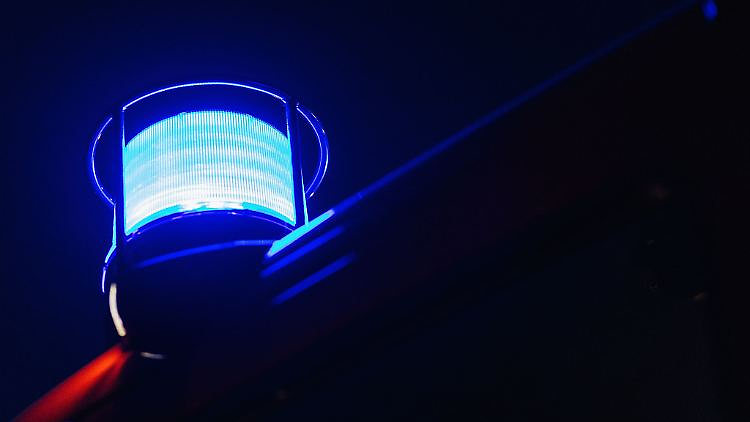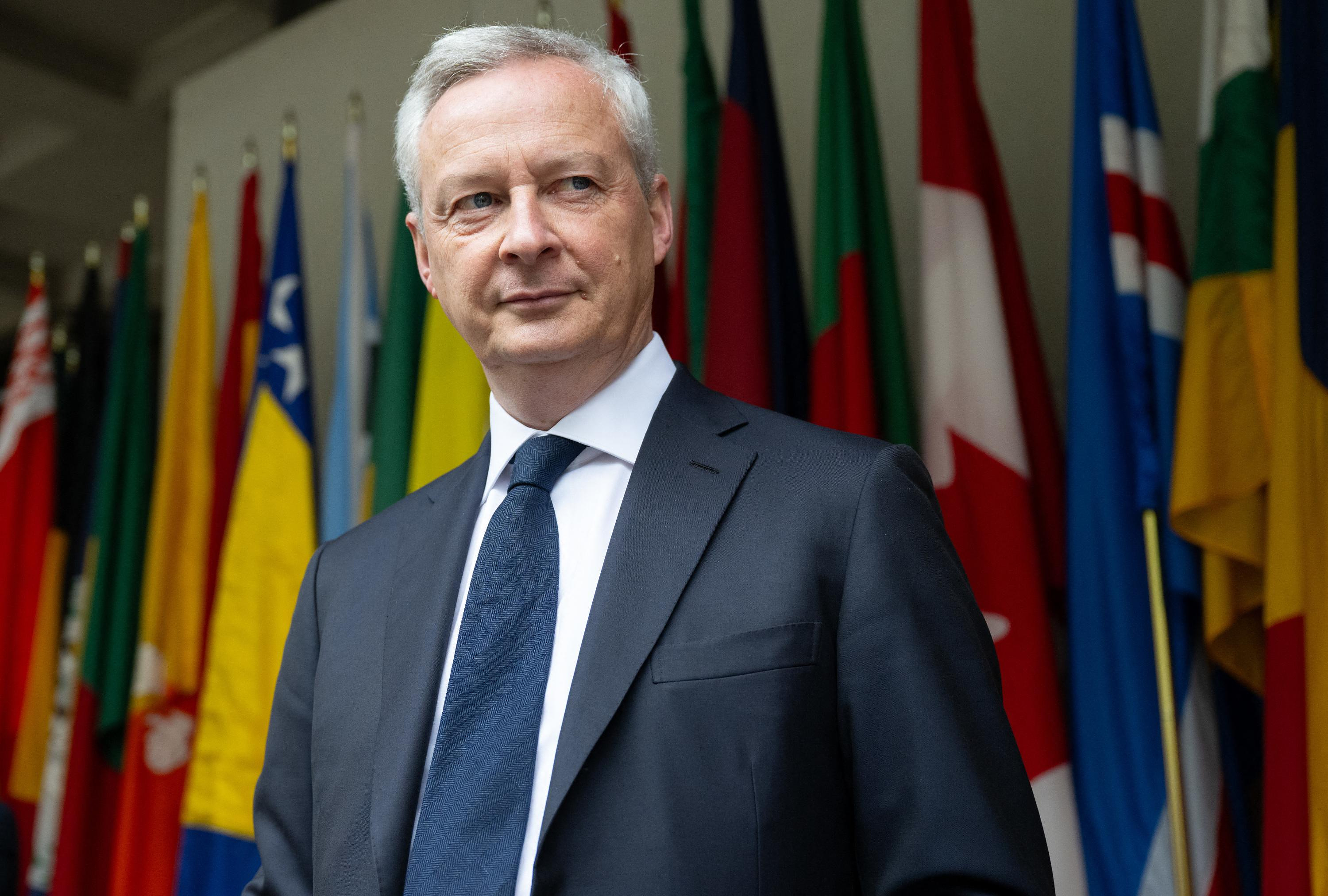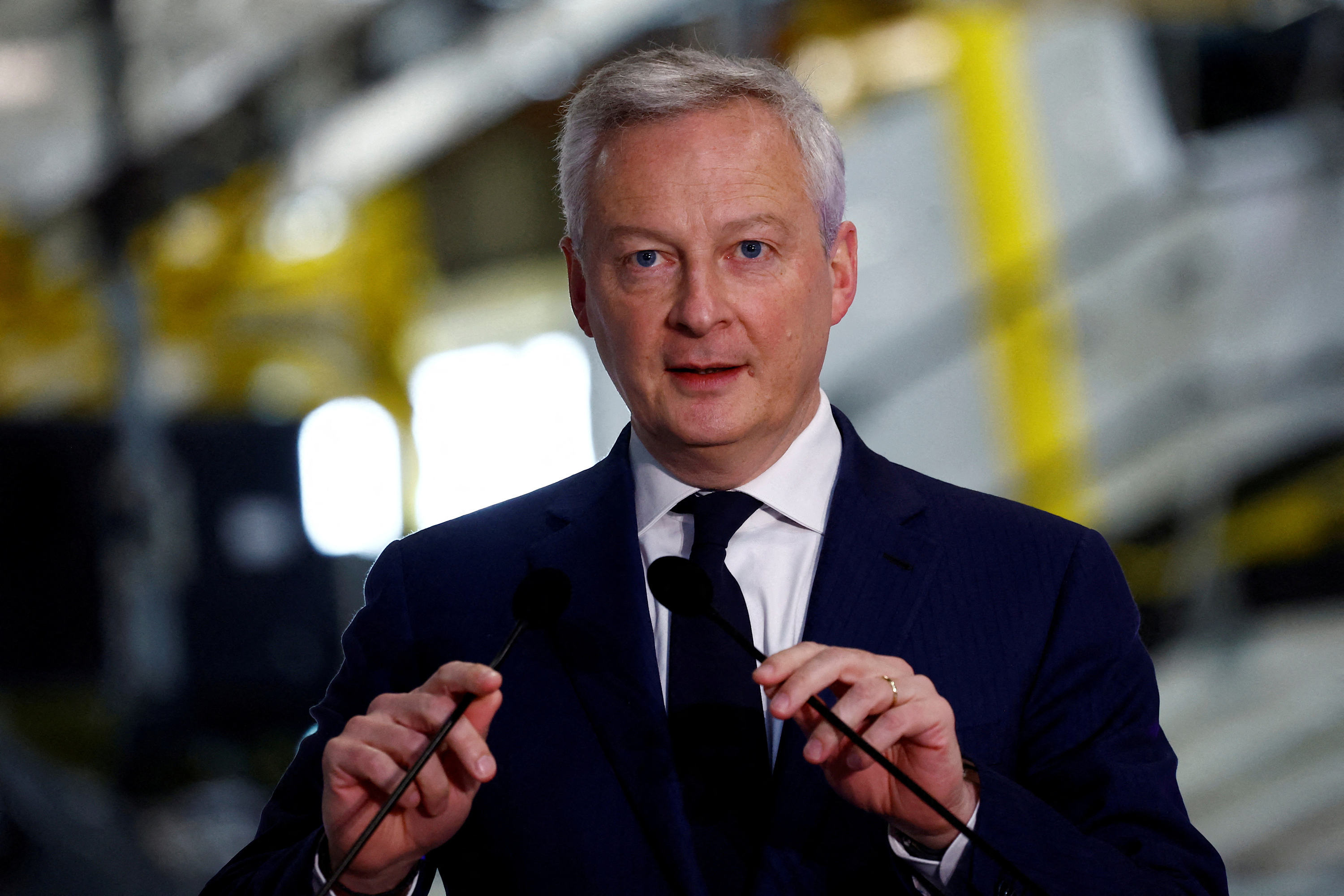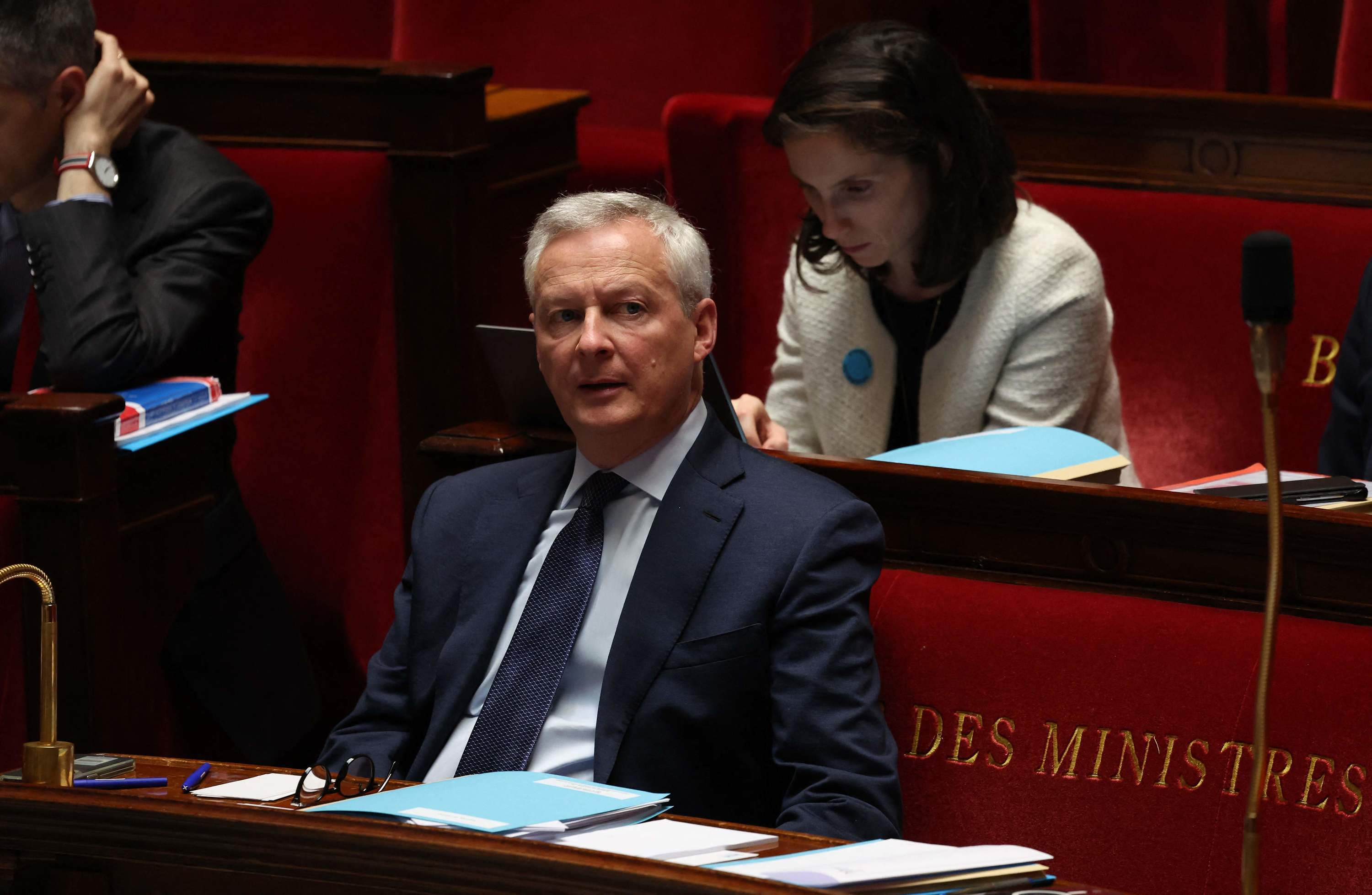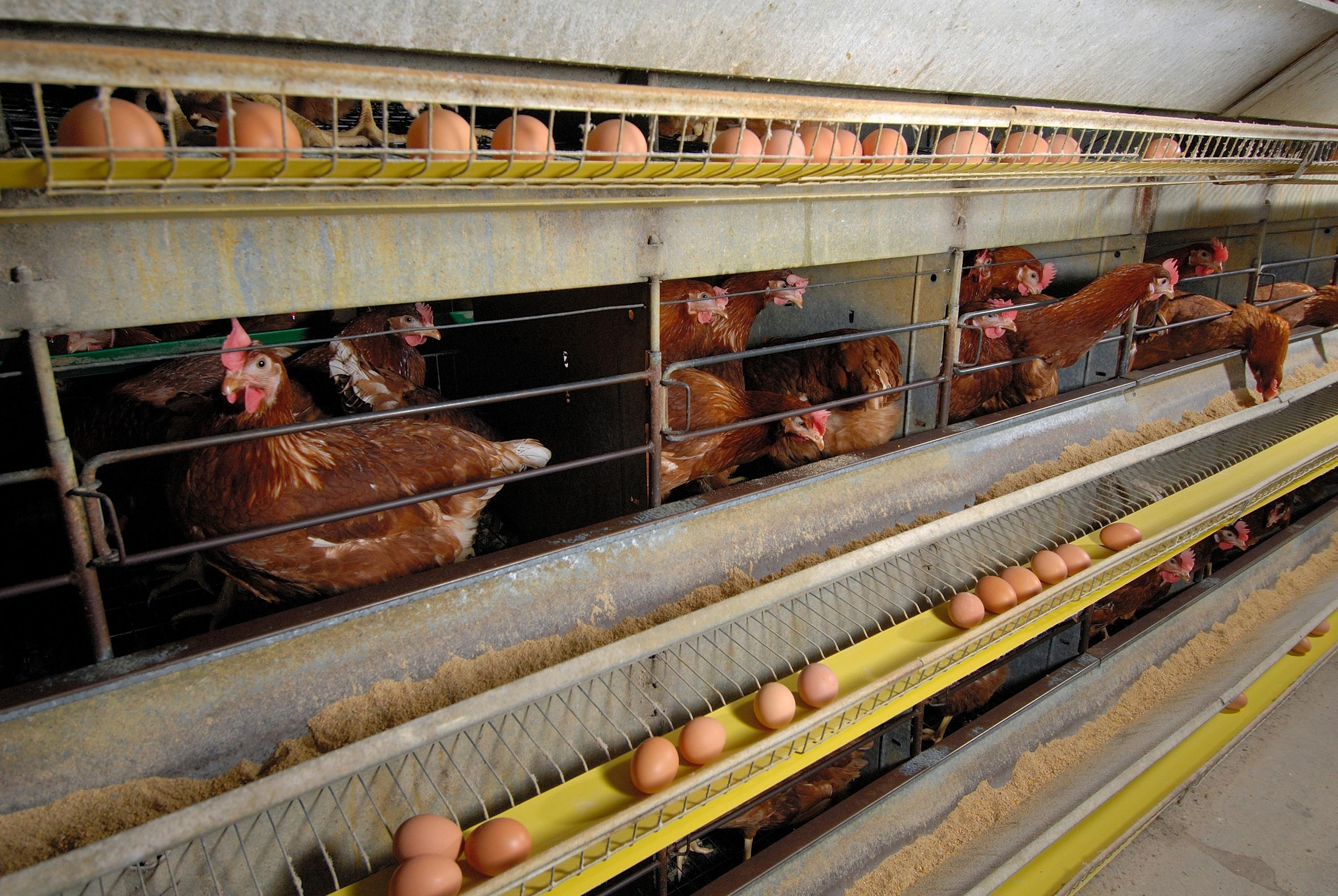At Cateau-Cambrésis, the Nord department is finalizing the museum extension project. Henri Matisse, a child of this small town, is king there, and the part of his collection kept there is very rich. No less than 785 works, or almost half of the collection. The other painter and local child (he was also born into a family of weavers, in 1882, in Quiévy, nearby), Auguste Herbin, is also presented there. But it should be even better once the rooms are rearranged. It will be at the end of September.
In the meantime, it is in Paris, at the Montmartre Museum, just overlooking the vineyard on Rue Cortot, that the memory of this pioneer of French abstraction is revived. For what? Because in 1909 Herbin succeeded Picasso in his legendary Bateau-Lavoir workshop, just a stone's throw away. And he stayed there for eighteen years. On two floors, the rows of small rooms devoted to temporary exhibitions are not too much to retrace a career changing and shining like a disco ball. In general, today it is neglected. However, it exerted a major influence on post-war international art, as we see more and more clearly throughout the course.
Each space corresponds to a chapter, a chronological sequence. So much the better, because, as summarized by the two curators, art historians Céline Berchiche and Mario Choueiry, “Herbin embraced all the “isms” of the 20th century. And he made the race of modern art always in the lead.” We first discover a late impressionist, who squints towards the pointillists (Toits de Paris sous la neige, private collection). Then here is a wild beast from 1907 (superb Portrait of a Young Girl from the Wuppertal Museum, a sort of younger sister of Matisse's Woman in a Hat).
The following year, our man was one of the first Cubists (Landscape near Cateau-Cambrésis, on loan from the Museum of Modern Art of the City of Paris). And, ten years later, his work opened up to abstraction (Composition circular, coll. part.). From before the First World War, the notoriety was international. Major German collectors (Wilhelm Uhde, Henry Simms) and Russian collectors (Sergueï Shchukine, Ivan Morozov) have driven up the price. Exhibitions then followed one another throughout Europe. Building on this success, Herbin began creating objects. We see them grouped together, these very architectural mirrors or panels, slightly influenced by African arts and which seem the counterpart of the German Bauhaus. They were bought by a Kandinsky and admired by a Le Corbusier. However, it was a failure...
From 1922 to 1925, after the general devastation and amid the trauma, return to the figurative, flirting with magical realism (Les Joueurs de boules, Center Pompidou). Then, again, abstraction imposes itself. From then on, a number of oils of circles, volutes, squares and brightly colored points will multiply. Their creator austerely gives them the title of Composition, followed by a number or a precision so that they can be distinguished in inventories. The poster for the International Exhibition of Arts and Techniques, that of 1937 in Paris, where Picasso's Guernica was born, will again be Herbin.
This character speaks little but thinks a lot, as a theoretician. In 1931, he founded the Abstraction-Création movement with Jean Hélion and Georges Vantongerloo. From then on, its definitive vocabulary was established. It remained in use until the end, in 1960. In the 1940s, this adventurous spirit explored the relationship between simple form and bold color. Inventing his own geometric abstraction, defined in an essay from 1946. Non-figurative, non-objective art was read after the war by many proponents of abstraction, such as the master of kinetic art Victor Vasarely. It consists of a plastic alphabet in the wake of Goethe's treatise on colors. A game of correspondences, in short, as in Rimbaud with his Voyelles sonnet: “A black, E white, I red, U green, O blue”… Here, Herbin, in this art as combinatory as that of the fugue in music, culminates, establishing himself as a mentor for a large section of the young generation, on both sides of the Atlantic.
These flat mosaics in intense colors are rigorously juxtaposed with patterns of simple geometric shapes. With such work, the 1970s are already here. Synchrony in Yellow dates from 1940, Father and Mother from 1943 or even Man and Woman from 1944. There is also yin and yang, cold and hot, masculine and feminine, soft or sharp. in these other paintings in private hands which are, among others, La Maison II from 1947, Lune from 1945 or the ambitious and very successful Dieu from 1957. That is to say seven periods, therefore, in total, like seven lives of a creator. Herbin would be like those cats on the roofs of Paris who are said to be reborn if they fall from a gutter. In any case, this is how his posterity goes, with its ups and downs.
“Auguste Herbin, 1882-1960. The Master Revealed”, at the Musée de Montmartre (Paris 18th), until September 15. El Viso catalog, 191 p., €32. Tel.: 01 49 25 89 39. www.museedemontmartre.fr

 What is chloropicrin, the chemical agent that Washington accuses Moscow of using in Ukraine?
What is chloropicrin, the chemical agent that Washington accuses Moscow of using in Ukraine? Poland, big winner of European enlargement
Poland, big winner of European enlargement In Israel, step-by-step negotiations for a ceasefire in the Gaza Strip
In Israel, step-by-step negotiations for a ceasefire in the Gaza Strip BBVA ADRs fall almost 2% on Wall Street
BBVA ADRs fall almost 2% on Wall Street Sánchez cancels his agenda and considers resigning: "I need to stop and reflect"
Sánchez cancels his agenda and considers resigning: "I need to stop and reflect" The Federal Committee of the PSOE interrupts the event to take to the streets with the militants
The Federal Committee of the PSOE interrupts the event to take to the streets with the militants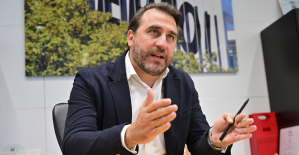 Repsol: "We want to lead generative AI to guarantee its benefits and avoid risks"
Repsol: "We want to lead generative AI to guarantee its benefits and avoid risks"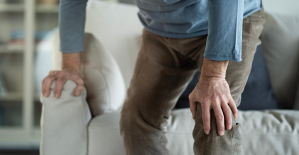 Osteoarthritis: an innovation to improve its management
Osteoarthritis: an innovation to improve its management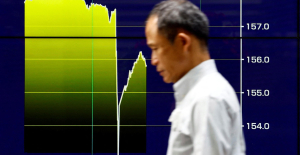 The yen jumps 3% then falls again, amid speculation of Japanese intervention
The yen jumps 3% then falls again, amid speculation of Japanese intervention A very busy Friday on the roads of Île-de-France before the Ascension Bridge
A very busy Friday on the roads of Île-de-France before the Ascension Bridge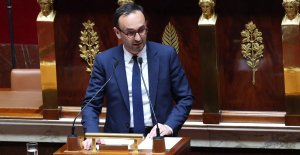 Fraud: the government is preparing new measures for the fall
Fraud: the government is preparing new measures for the fall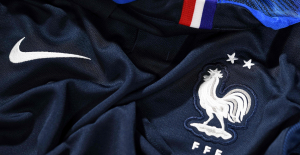 Nike breaks the bank to keep the Blues jersey
Nike breaks the bank to keep the Blues jersey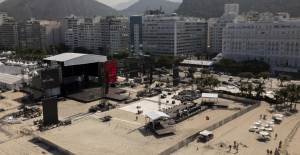 Madonna ends her world tour with a giant - and free - concert in Copacabana
Madonna ends her world tour with a giant - and free - concert in Copacabana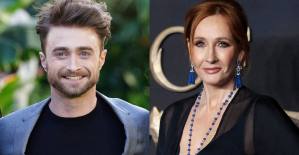 Harry Potter: Daniel Radcliffe “really saddened” by his final breakup with J.K. Rowling
Harry Potter: Daniel Radcliffe “really saddened” by his final breakup with J.K. Rowling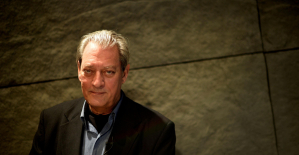 Leviathan, New York Trilogy... Five books by Paul Auster that you must have read
Leviathan, New York Trilogy... Five books by Paul Auster that you must have read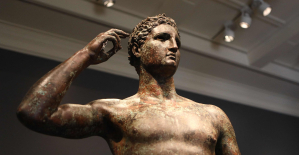 Italy wins a decisive round against an American museum for the restitution of an ancient bronze
Italy wins a decisive round against an American museum for the restitution of an ancient bronze Omoda 7, another Chinese car that could be manufactured in Spain
Omoda 7, another Chinese car that could be manufactured in Spain BYD chooses CA Auto Bank as financial partner in Spain
BYD chooses CA Auto Bank as financial partner in Spain Tesla and Baidu sign key agreement to boost development of autonomous driving
Tesla and Baidu sign key agreement to boost development of autonomous driving Skoda Kodiaq 2024: a 'beast' plug-in hybrid SUV
Skoda Kodiaq 2024: a 'beast' plug-in hybrid SUV The home mortgage firm rises 3.8% in February and the average interest moderates to 3.33%
The home mortgage firm rises 3.8% in February and the average interest moderates to 3.33% This is how housing prices have changed in Spain in the last decade
This is how housing prices have changed in Spain in the last decade The home mortgage firm drops 10% in January and interest soars to 3.46%
The home mortgage firm drops 10% in January and interest soars to 3.46% The jewel of the Rocío de Nagüeles urbanization: a dream villa in Marbella
The jewel of the Rocío de Nagüeles urbanization: a dream villa in Marbella Europeans: a senior official on the National Rally list
Europeans: a senior official on the National Rally list Blockade of Sciences Po: the right denounces a “drift”, the government charges the rebels
Blockade of Sciences Po: the right denounces a “drift”, the government charges the rebels Even on a mission for NATO, the Charles-de-Gaulle remains under French control, Lecornu responds to Mélenchon
Even on a mission for NATO, the Charles-de-Gaulle remains under French control, Lecornu responds to Mélenchon “Deadly Europe”, “economic decline”, immigration… What to remember from Emmanuel Macron’s speech at the Sorbonne
“Deadly Europe”, “economic decline”, immigration… What to remember from Emmanuel Macron’s speech at the Sorbonne These French cities that will boycott the World Cup in Qatar
These French cities that will boycott the World Cup in Qatar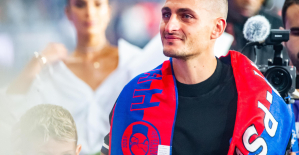 Mercato: Verratti at Barça? A track studied
Mercato: Verratti at Barça? A track studied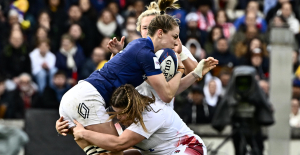 Rugby: after the defeat during the Six Nations, the Blues will meet the English in September for a test match
Rugby: after the defeat during the Six Nations, the Blues will meet the English in September for a test match Premier League: Liverpool unveils its new jersey for next season
Premier League: Liverpool unveils its new jersey for next season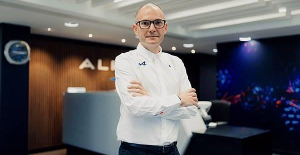 Formula 1: Alpine holds its new executive technical director
Formula 1: Alpine holds its new executive technical director